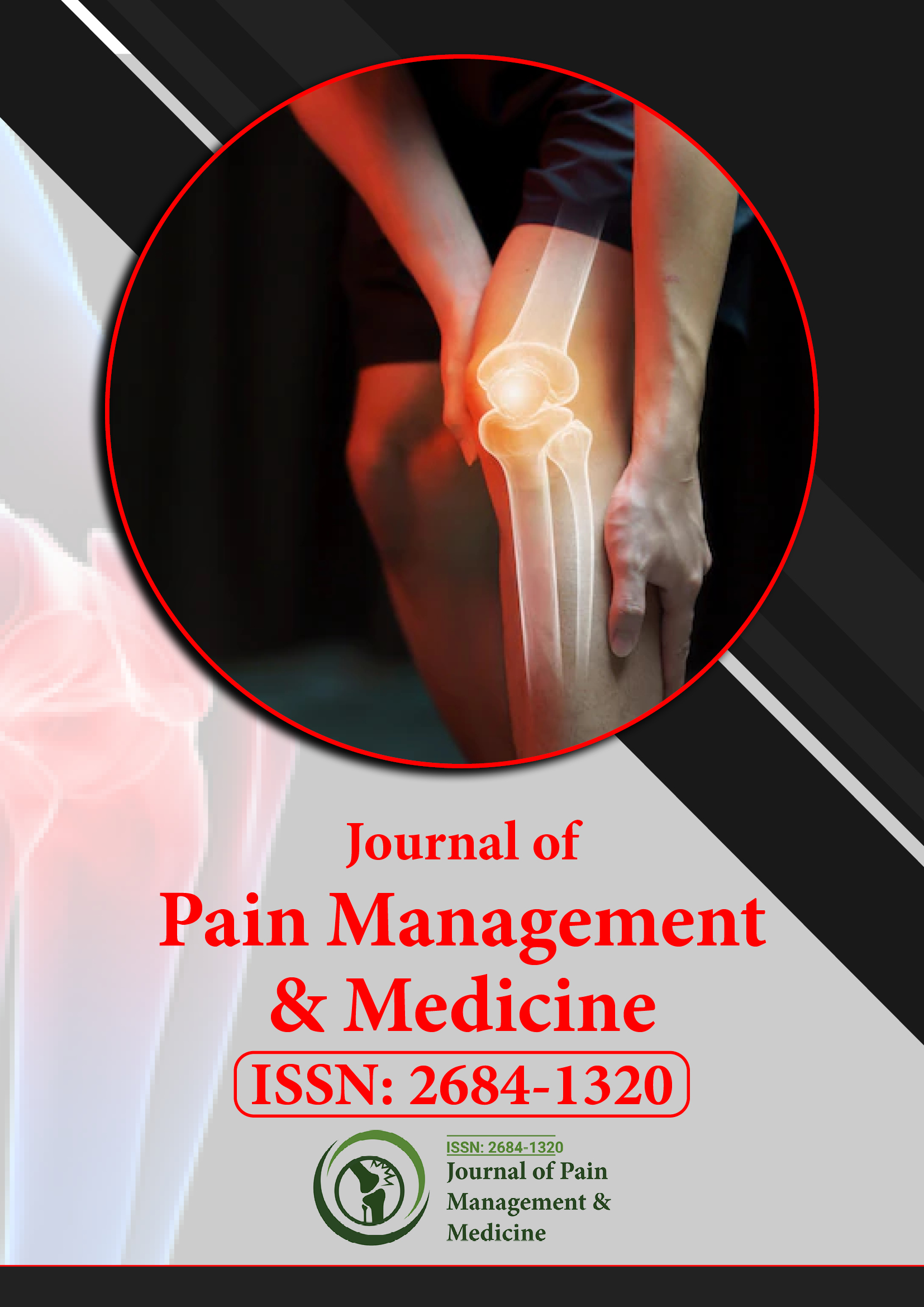Indexed In
- RefSeek
- Hamdard University
- EBSCO A-Z
- Publons
- Euro Pub
- Google Scholar
- Quality Open Access Market
Useful Links
Share This Page
Journal Flyer

Open Access Journals
- Agri and Aquaculture
- Biochemistry
- Bioinformatics & Systems Biology
- Business & Management
- Chemistry
- Clinical Sciences
- Engineering
- Food & Nutrition
- General Science
- Genetics & Molecular Biology
- Immunology & Microbiology
- Medical Sciences
- Neuroscience & Psychology
- Nursing & Health Care
- Pharmaceutical Sciences
Commentary - (2025) Volume 11, Issue 1
Genetic Predictors of Response to Different Pharmacological Treatments for Neuropathic Pain
Beatriz Gomes*Received: 01-Mar-2025, Manuscript No. JPMME-25-28844; Editor assigned: 03-Mar-2025, Pre QC No. JPMME-25-28844 (PQ); Reviewed: 17-Mar-2025, QC No. JPMME-25-28844; Revised: 24-Mar-2025, Manuscript No. JPMME-25-28844 (PQ); Published: 31-Mar-2025, DOI: 10.35248/2684-1320.25.11.316
Description
The management of Neuropathic Pain (NeP) remains a significant clinical challenge, characterized by substantial interindividual variability in treatment response. The promise of pharmacogenomics, leveraging an individual's genetic makeup to predict drug response, offers a tantalizing path towards personalized pain management. The exploration of genetic predictors of response to various pharmacological agents used in NeP is a field ripe with potential, yet also fraught with complexities that warrant careful consideration.
One of the most compelling aspects of this research lies in the potential to move beyond the current trial-and-error approach that often leaves patients with suboptimal pain relief and unwanted side effects. Identifying genetic variants that influence the Pharmacokinetics (PK) and Pharmacodynamics (PD) of drugs like Tricyclic Antidepressants (TCAs), Serotonin- Norepinephrine Reuptake Inhibitors (SNRIs), gabapentinoids, and opioids could revolutionize prescribing practices. For instance, understanding a patient's Cytochrome P450 (CYP) enzyme profile could guide the selection and dosage of TCAs, preventing both subtherapeutic levels and the risk of adverse events. Similarly, genetic variations in opioid receptors or metabolic enzymes could inform safer and more effective opioid use, a critical consideration in the context of the ongoing opioid crisis.
However, the complexity of neuropathic pain itself presents a significant hurdle. NeP encompasses a diverse range of underlying etiologies, from diabetic neuropathy to postherpetic neuralgia, each with potentially distinct pathophysiological mechanisms. It is plausible that genetic predictors of drug response may vary depending on the specific type of NeP. Therefore, research in this area must strive for granularity, investigating genetic associations within well-defined NeP subtypes rather than treating the condition as a monolithic entity.
Furthermore, the polygenic nature of drug response is a crucial factor to acknowledge. It is unlikely that a single gene variant will be solely responsible for predicting a patient's response to a particular medication. Instead, the interplay of multiple genetic polymorphisms, along with non-genetic factors such as age, sex, comorbidities, and environmental influences, likely contributes to the observed variability. Future research needs to focus on identifying and validating panels of genetic markers that, in combination with clinical data, can provide more accurate and clinically useful predictive models.
The translational gap between genetic association studies and clinical application is another significant challenge. While numerous studies have identified potential genetic predictors of drug response in NeP, few have been robustly validated in large, independent cohorts and successfully translated into routine clinical practice. Rigorous validation studies with clinically meaningful endpoints are essential to ensure the reliability and utility of genetic testing in guiding treatment decisions. Moreover, the development of user-friendly and cost-effective genetic testing platforms is crucial for widespread implementation.
Ethical considerations surrounding the use of genetic information in pain management are paramount. Issues of patient privacy, data security, informed consent regarding genetic testing, and the potential for genetic discrimination must be carefully addressed. Clear guidelines and educational resources for both clinicians and patients are necessary to ensure the responsible and equitable use of pharmacogenomic information.
The cost-effectiveness of implementing genetic testing in the management of NeP also needs thorough evaluation. While the upfront cost of genetic testing may be a concern, the potential for improved treatment outcomes, reduced adverse events, and decreased healthcare utilization due to fewer failed drug trials could ultimately make it a cost-saving strategy. Pharmacoeconomic studies are needed to assess the long-term value of this personalized approach.
Finally, the integration of pharmacogenomics with other personalized medicine strategies holds exciting potential. Combining genetic information with other "omics" data (e.g., transcriptomics, proteomics), as well as phenotypic data from Quantitative Sensory Testing (QST) and neuroimaging, could provide a more comprehensive and nuanced understanding of the individual patient's pain mechanisms and likely treatment response. This multi-modal approach may ultimately lead to even more precise and effective pain management strategies for individuals with neuropathic pain.
In conclusion, the exploration of genetic predictors of response to pharmacological treatments for neuropathic pain represents a promising frontier in personalized medicine. While significant challenges remain in terms of the complexity of NeP, the polygenic nature of drug response, the need for robust validation, ethical considerations, and cost-effectiveness, the potential to move towards more targeted and effective pain management strategies for this often-intractable condition warrants continued rigorous investigation and thoughtful implementation.
Citation: Gomes B (2025) Genetic Predictors of Response to Different Pharmacological Treatments for Neuropathic Pain. J Pain Manage Med. 11.316.
Copyright: © 2025 Gomes B. This is an open access article distributed under the terms of the Creative Commons Attribution License, which permits unrestricted use, distribution, and reproduction in any medium, provided the original author and source are credited.

